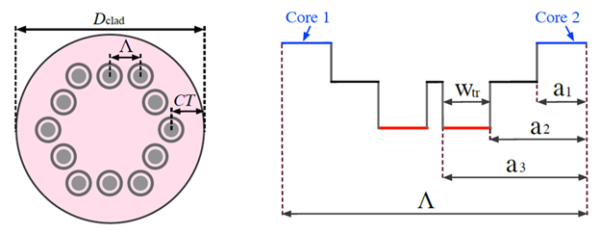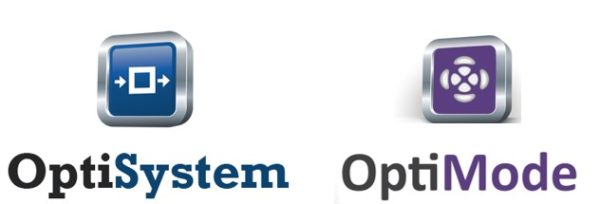Optiwave Systems Inc. offers software tools to simulate & analyze single-mode and multimode multicore fibers with/without trenches and air-hole assisted structures. The supported modes in the structure are accurately obtained by modal analysis in OptiMode software. Then the coupling coefficients between the modes in the same core or different cores are calculated and the crosstalk is found. The crosstalk parameters are then used in OptiSystem software to simulate signal transmission in MCF as will be demonstrated in this webinar.
Click here to download the handout.



